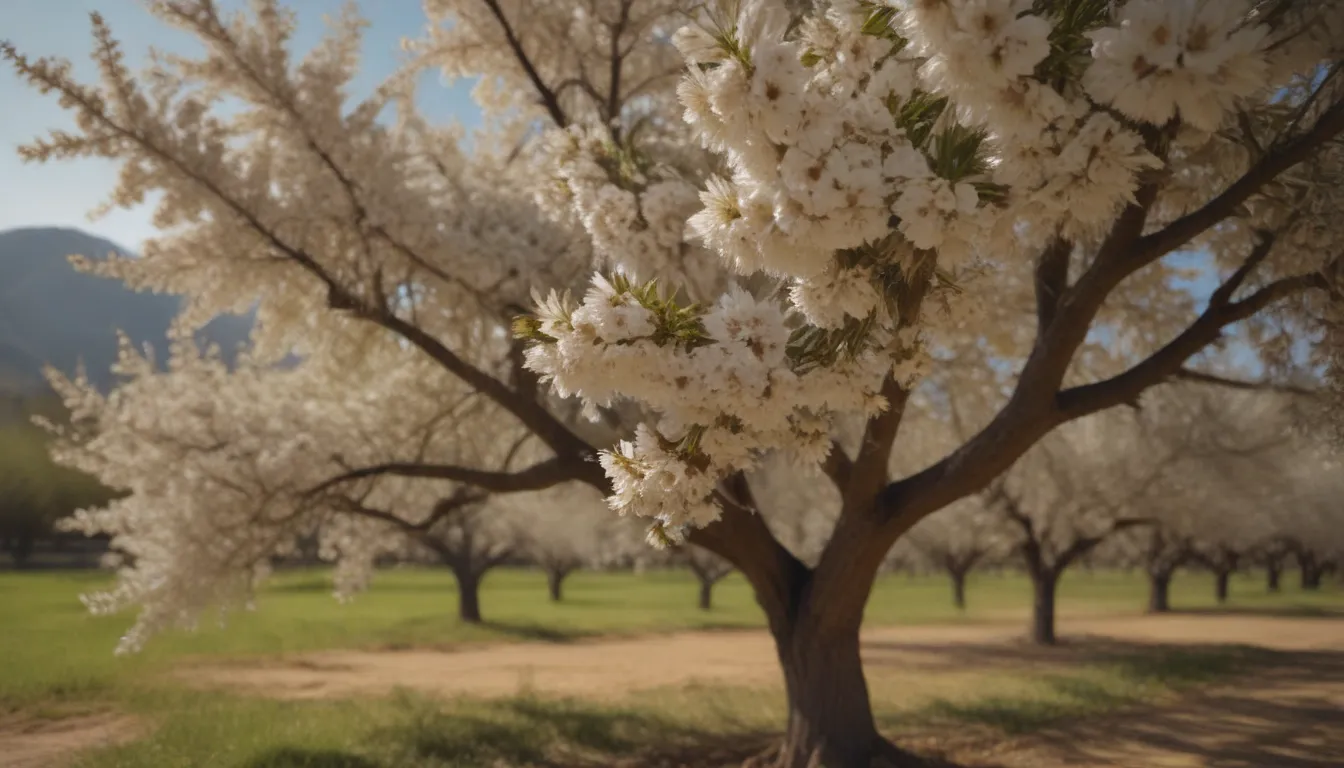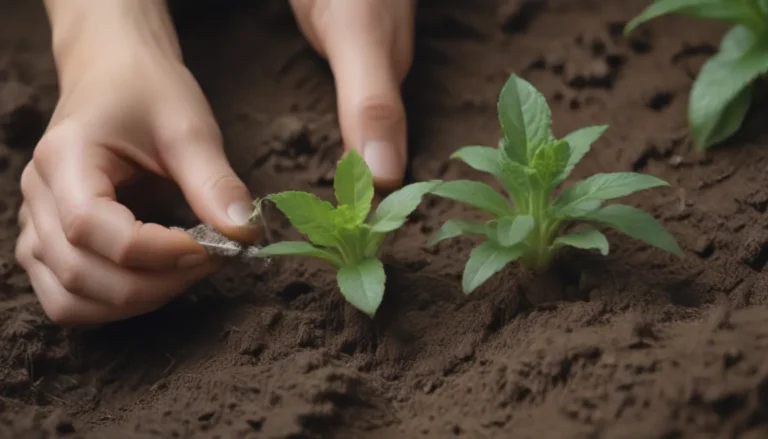A Comprehensive Guide to Growing and Caring for Almond Trees

Are you interested in growing your own almond trees but unsure where to start? Look no further! In this detailed guide, we’ll take you through everything you need to know about planting, caring for, and harvesting almonds from your very own tree. From selecting the right location to dealing with common pests and diseases, we’ve got you covered. Let’s get started on your almond tree journey!
Understanding Almond Trees
Almond trees, belonging to the rose family (Rosaceae), can be found in various forms, from small ornamental shrubs to medium-sized trees that produce edible nuts. Contrary to popular belief, the almond we consume is not technically a nut but a stone fruit (drupe) nestled inside a hard shell within a leathery green hull. These trees typically take around five years to mature and can have a lifespan of up to 25 years if properly cared for.
Planting Almond Trees
When to Plant
Almond trees are sensitive to frost, so it’s best to plant them in the spring or early fall to ensure they have optimal growing conditions.
Selecting a Plant Site
Choose a location that receives full sun for at least six to eight hours a day and has well-draining soil. Almond trees do not thrive in clay soil and should be planted away from sewer and water lines to prevent root issues.
Space, Depth, and Support
Plant your almond trees 15 to 25 feet apart and ensure the hole is about 18 to 24 inches deep, matching the size of the tree’s container. Place the taproot firmly at the bottom of the hole for stability.
Caring for Your Almond Trees
Almond trees can flourish in USDA hardiness zones 7 through 9, and they require proper care to thrive. Here are some essential tips for maintaining the health of your almond tree:
Light
Ensure your almond tree is located in full sun to encourage ample flower production and potential nut growth.
Soil
Opt for sandy soils with good drainage over clay soils and till deeply to allow the roots to establish a strong foundation.
Water
Almond trees need approximately 3 to 4 inches of water per week to stay healthy and produce a bountiful harvest. However, be mindful of overwatering, as it can lead to root rot.
Temperature and Humidity
Almond trees thrive in climates with hot summers and low humidity, requiring a long frost-free growing season for nut maturation. This is why almond production is mainly concentrated in California.
Fertilizer
Fertilize your almond tree in the spring with a balanced fertilizer applied along the drip line, following the product label instructions for optimal results.
Pollination
Almond trees require cross-pollination, so it’s essential to plant two or more compatible cultivars for a successful harvest. Alternatively, select a self-fertile variety to simplify the pollination process.
Types of Almond Trees
There are various almond tree varieties to choose from, such as Prunus dulcis and Prunus dulcis var. amara. ‘Garden Prince’ is a popular cultivar known for its unique characteristics.
Harvesting Almonds
When the hulls of the almonds begin to split, revealing the light-colored shell, it’s time to harvest them. Be proactive in collecting the nuts to prevent damage from birds and insects, using a tapping method to dislodge them from the branches. Proper drying of the almonds is crucial to prevent mold formation.
Pruning and Overwintering
Pruning almond trees during winter dormancy is essential for optimal growth and fruit production. While minimal pruning is recommended for young trees, removing weak or awkward branches can enhance overall tree health. Additionally, protect your almond tree from frost with mulch or burlap coverings during the winter months.
Common Pests and Diseases
Almond trees are susceptible to a range of pests and diseases, including the naval orangeworm and leafrollers. Regular inspection and appropriate pest management strategies, such as pesticides and fungicides, can help protect your tree from potential threats.
Conclusion
Growing and caring for almond trees can be a rewarding experience with the right knowledge and techniques. By following the guidelines outlined in this comprehensive guide, you can successfully cultivate your own almond tree and enjoy a bountiful harvest of nutritious nuts. Remember to provide adequate sunlight, water, and care to your tree, and it will thrive for years to come. Happy growing!





